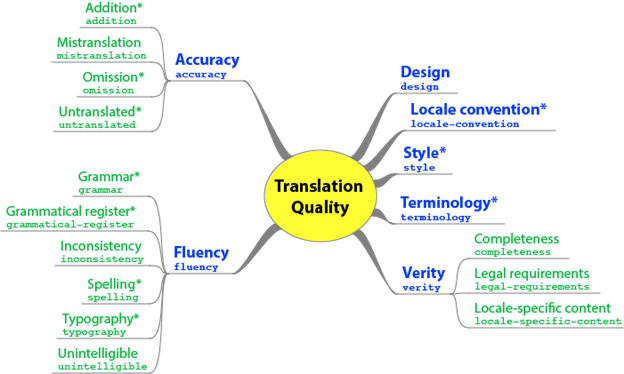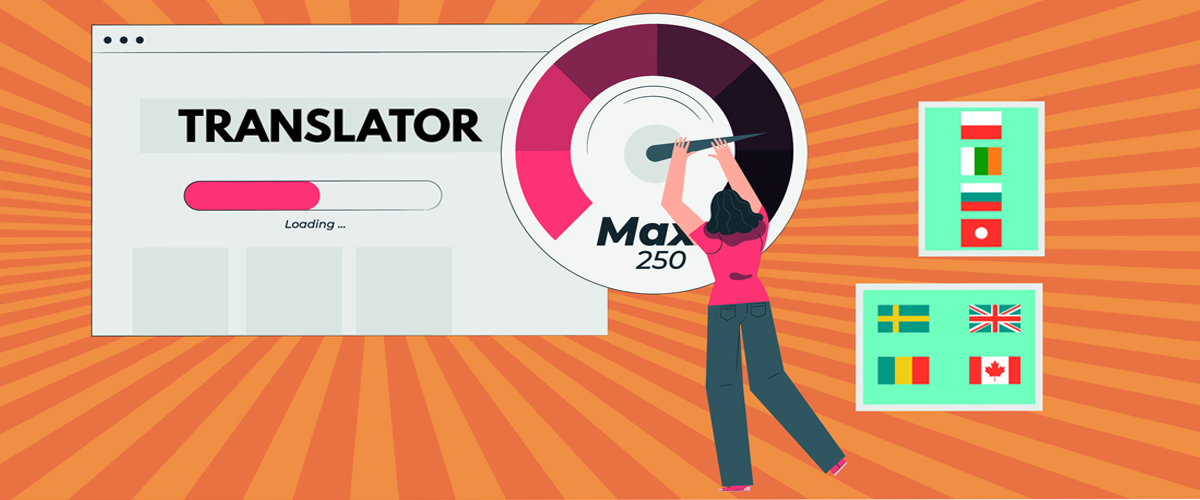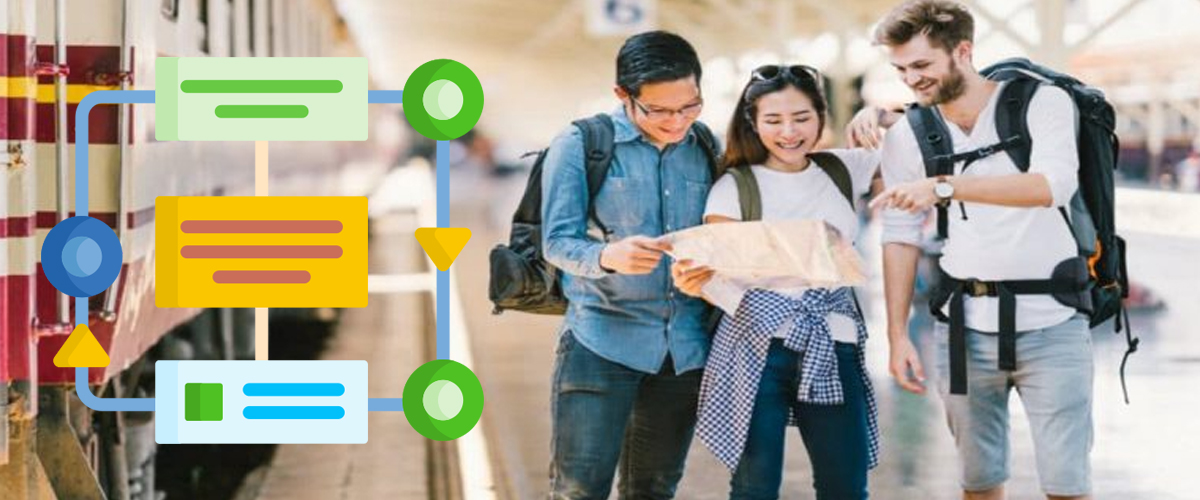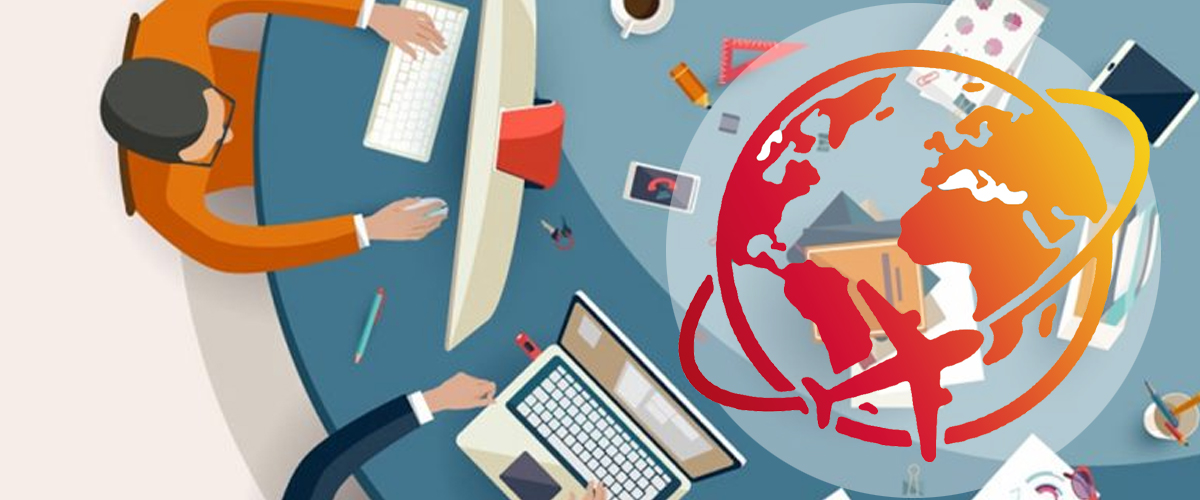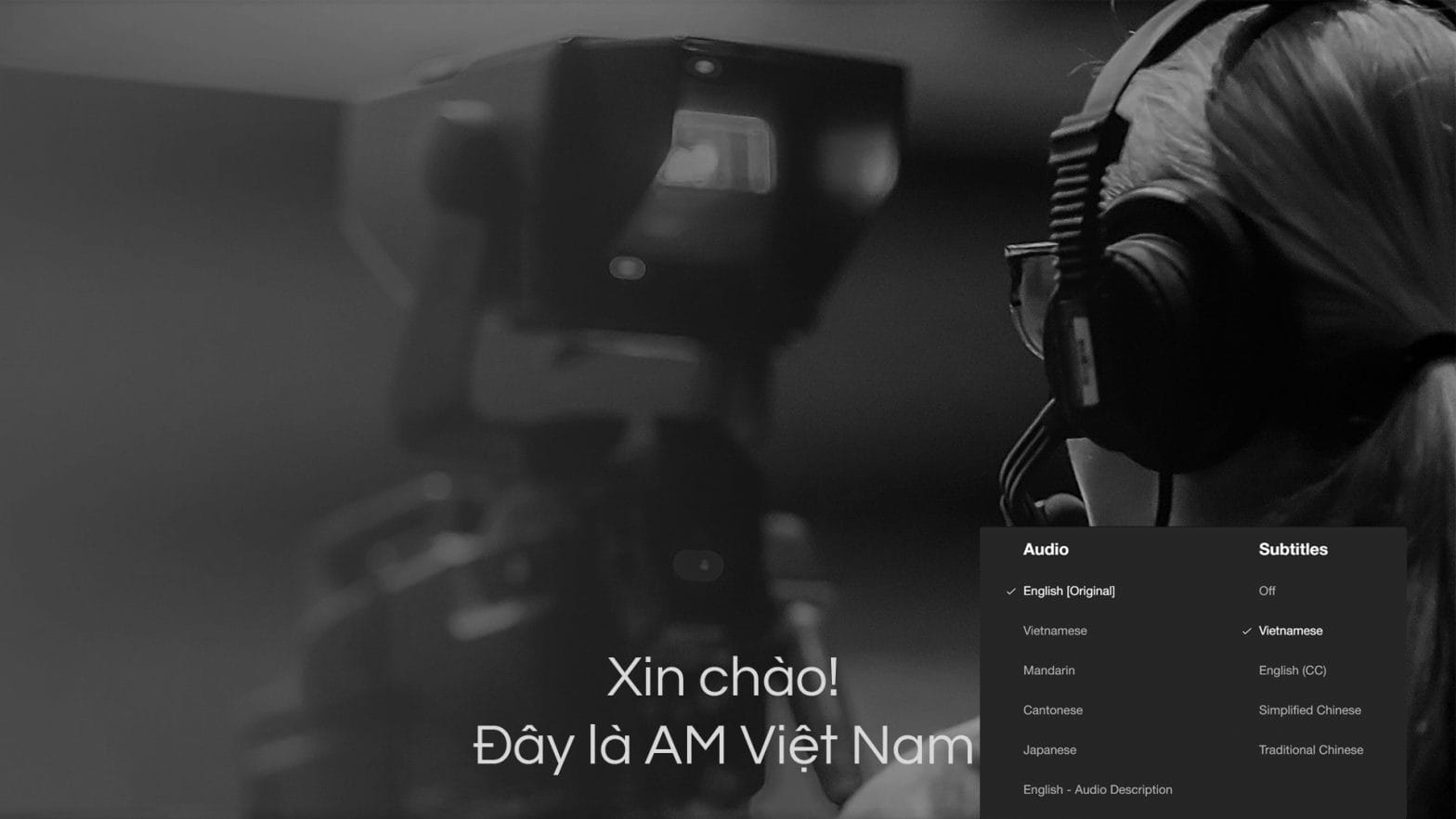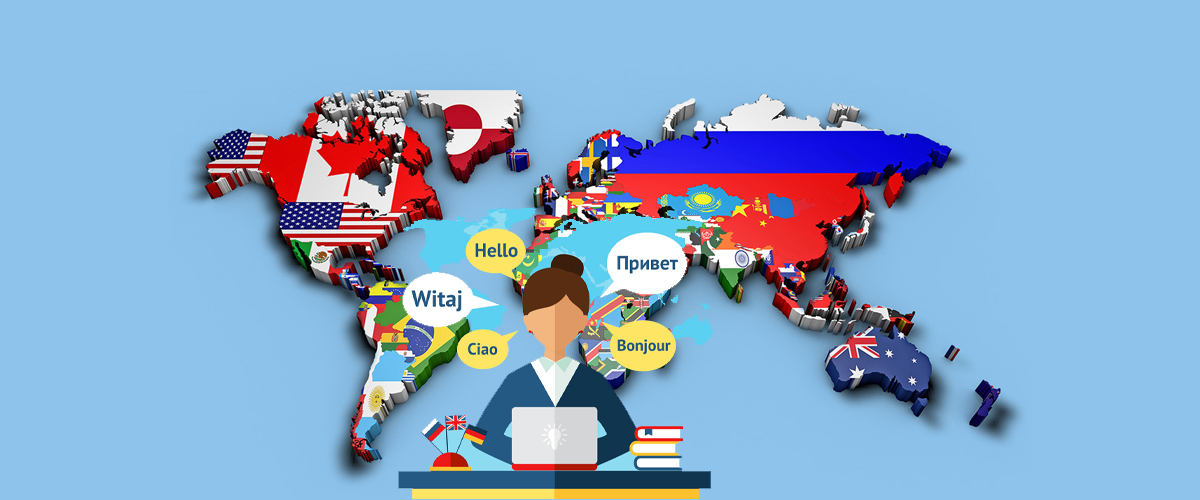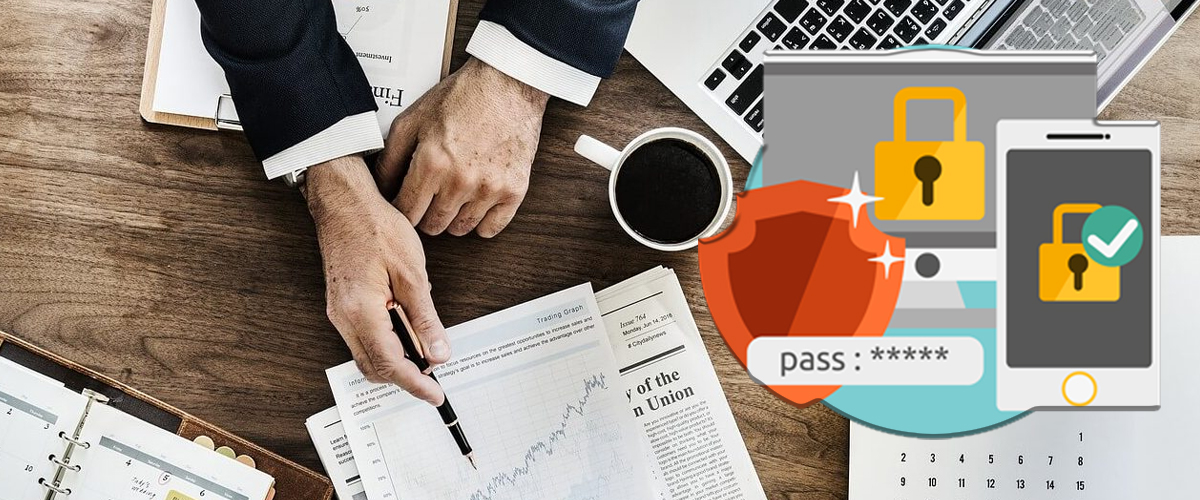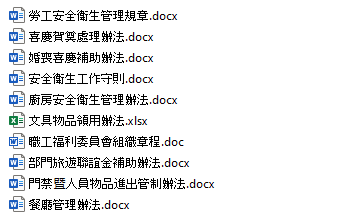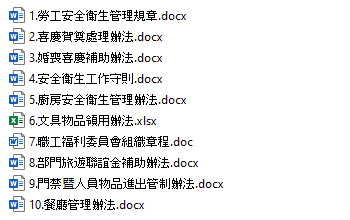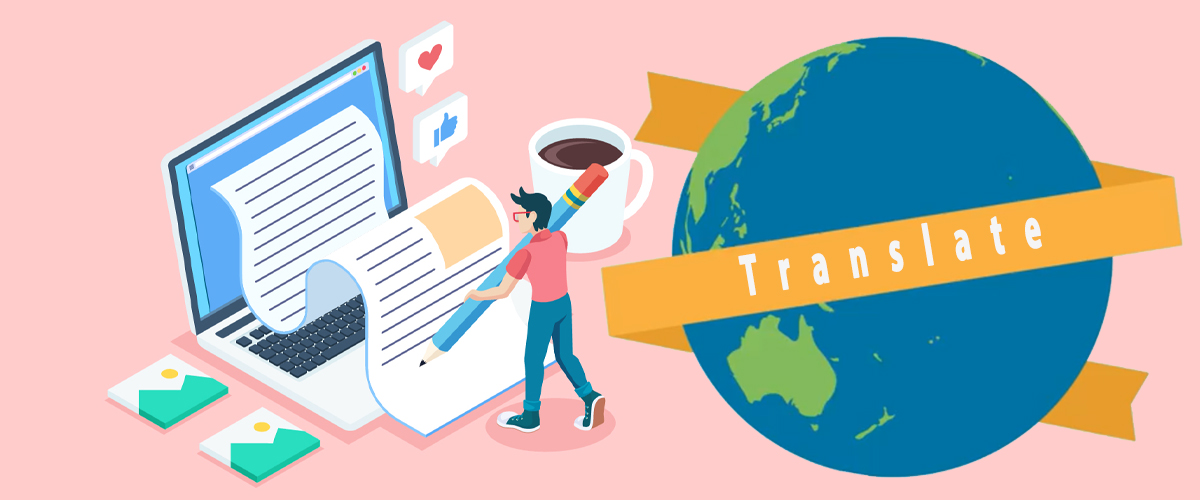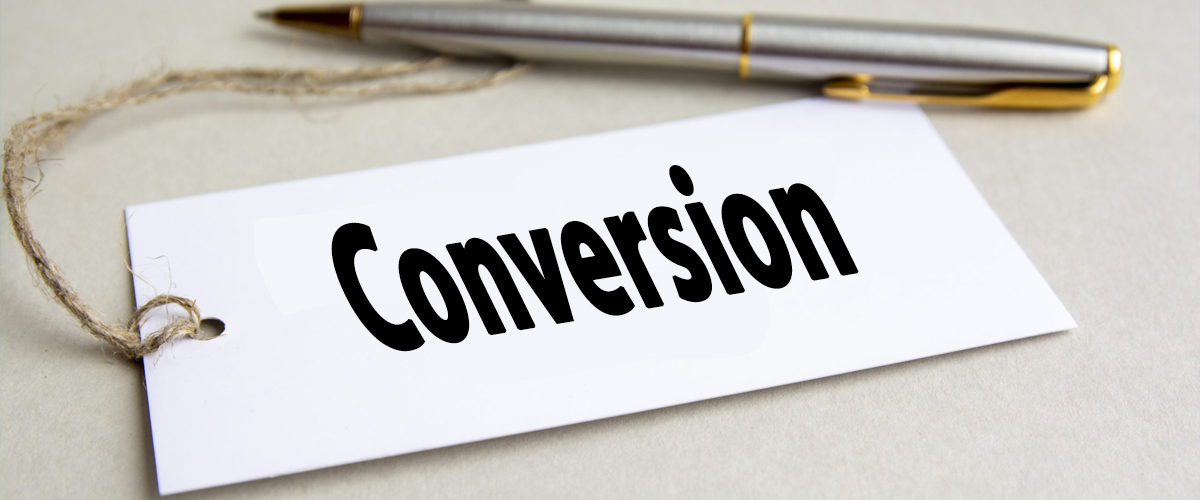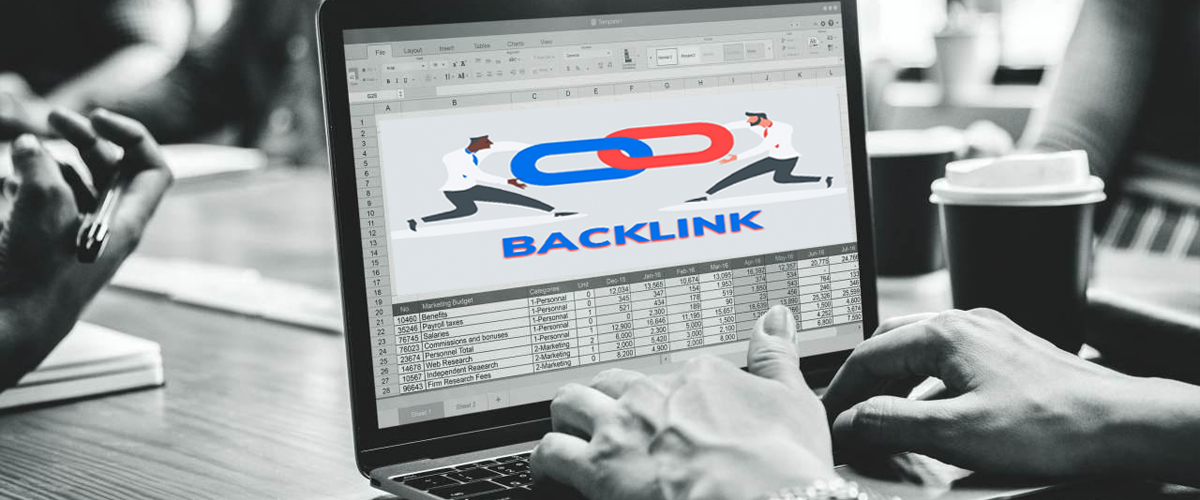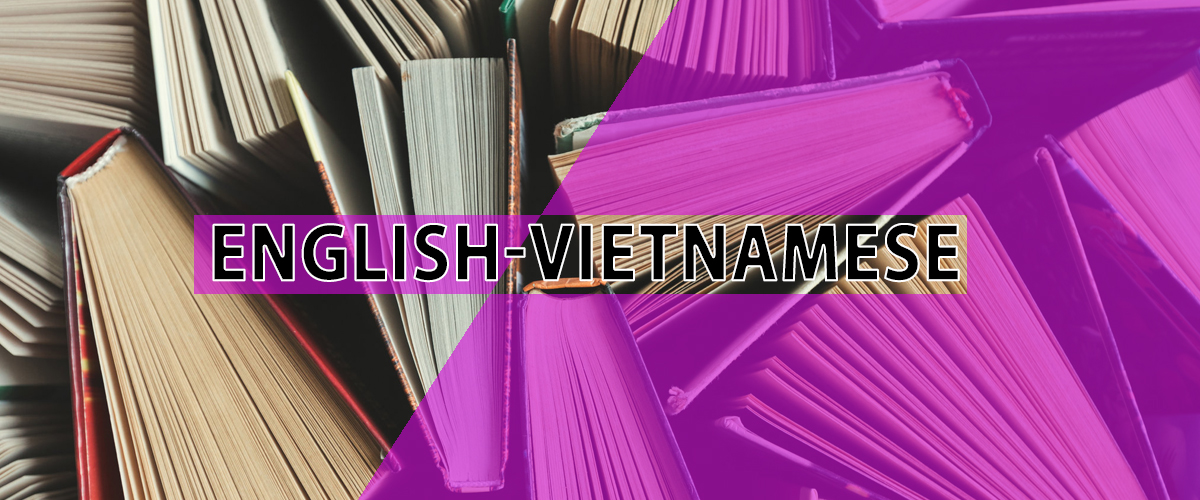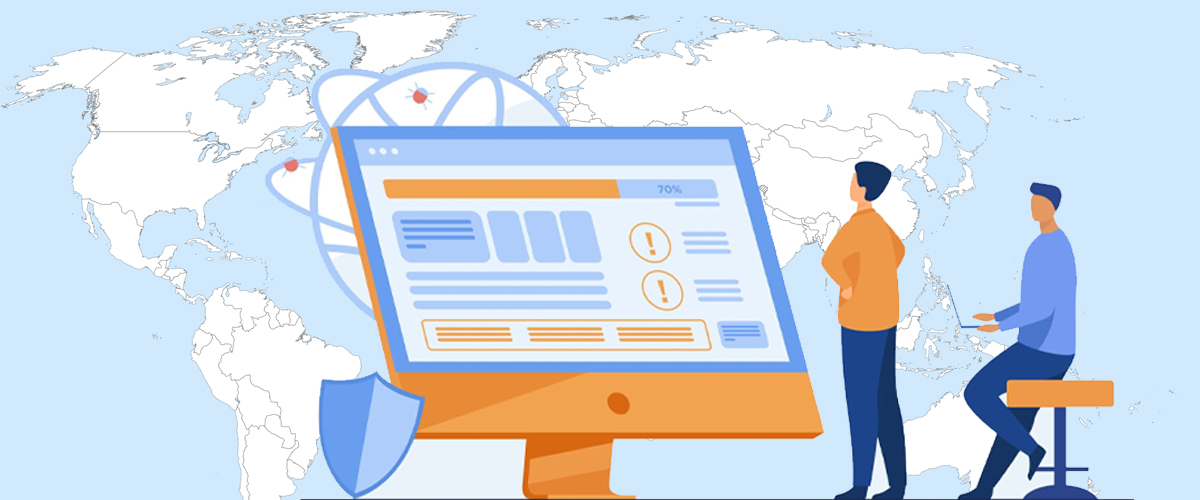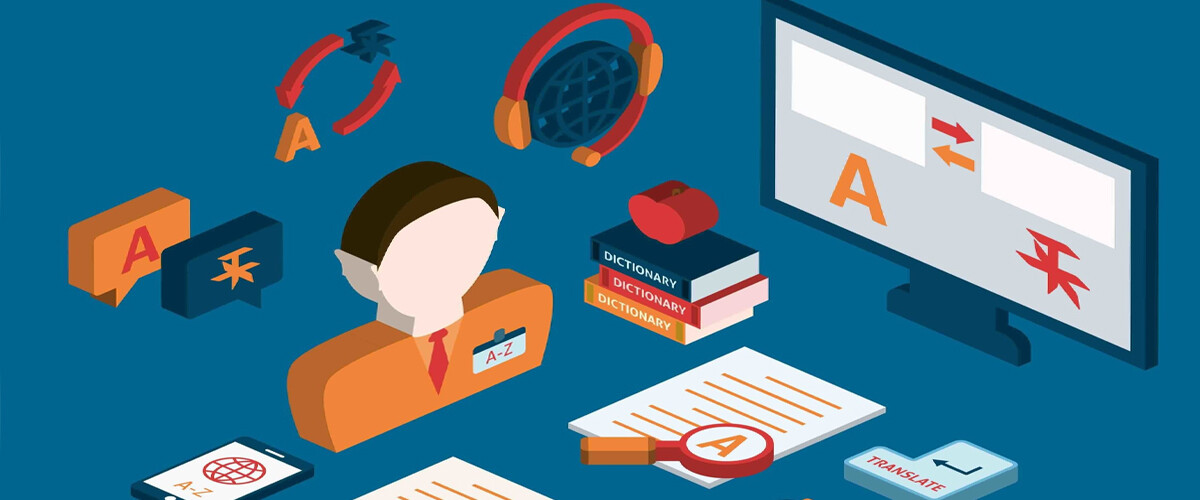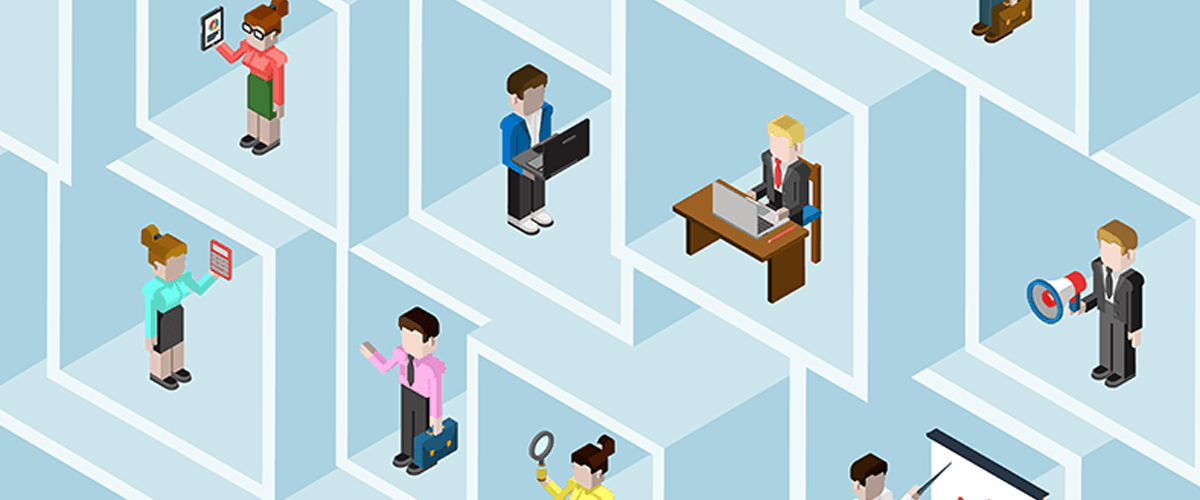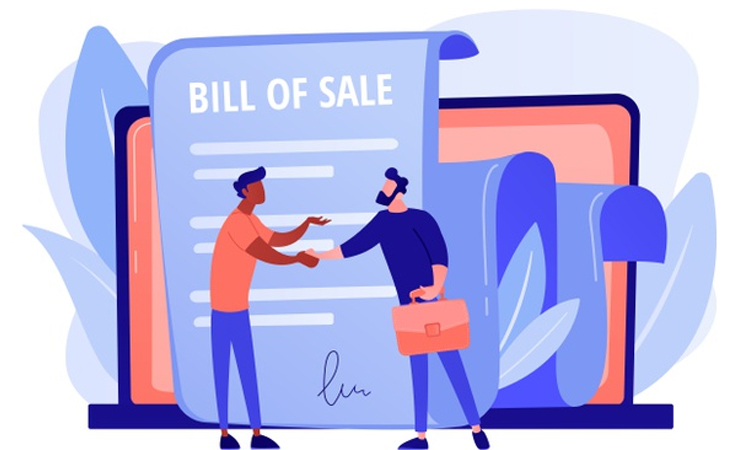2. Project translation and packaging – Trados
Trados in translation is like Microsoft Office among the office suites.
Trados is a professional offline translation platform, currently equipped with online translation features in the 2021 version and is developed by SDL PLC (UK).
DO YOU KNOW: In 2020, SDL was merged with RWS, another major Language Solutions company in UK.
Some outstanding features of Trados include:
- Preserve document formatting
- Parallel display of Source – Target in the same translation window
- Update bilingual content into Translation Memory (TM) (for searching)
- Export Bilingual Reviews (files containing two parallel columns) for ease of editing
- Apply translations available in TMs to a new file
- Automatic real-time suggestions based on TMs and AutoSuggest dictionaries created by yourself
- Generate detailed reports on the total words, repetitions and new words
- Create project package (for management of documents to be translated and available resources, and for easy delivery)
- Compatible with many types of documents, from basic ones such as Word, Excel, Powerpoint files to design or programming files
- Create machine translation easily using Google Translate
- Track changes while editing
- Update source file
- Add detailed comments for each word, not each segment
Being in possession of the licensed version, users also have access to a free repository of related support tools, developed exclusively for Trados. In addition, the SDL Community for Trados users is very large and supportive, always ready to discuss and respond to questions and relevant issues, as well as to share their extensive experience in dealing with documents.
On the downside, Trados is a large software, and a weakly configured computer may experience frequent lag spikes while running Trados, or may not even be able to handle Trados installation. Furthermore, due to its various features, it may take a while for new users to become familiar with it.
Download here.
3. Quality Control – Xbench
Translation requires quite a lot of thinking and is done by humans, therefore mistakes can always happen. That’s why it’s always necessary for a translation to be edited by another person other than the translator.
However, the editing is also handled by a mere human being, and there’s no way we can be sure that an editor won’t be making mistakes. At times like this, a quality control tool such as Xbench will be very useful.
This product of ApSIC, S.L. (Spain) allows you to quickly check your translation by your custom settings. It can point out basic errors such as repetitions, inconsistency, wrong available terms, misspellings, punctuation, wrong numbers, etc. These are all avoidable errors and can take a lot of your time if the translation is edited in the conventional way.
Xbench is designed to work perfectly with CAT tools. Bilingual files like xliff, or even TM, can be read directly. All checking results can be exported into a report which is easy to save and read for corresponding editing in your translation tool.
Download here.
4. TM Editing – Heartsome TMX Editor
TM (Translation Memory) is a concept emerging together with CAT Tools.
TM allows you to save your translations into a database for future reference. TM also helps ensuring consistency for projects involving two or more people. Furthermore, it helps you and your colleagues save time and effort since no one will have to re-translate a segment previously translated.
However, as time goes by, the more projects you work on, the bigger TM size will get, and this may affect your search speed. This is just like when you work with a Word document. At first, when there is only one page, everything goes oh-so-smoothly, but at the 100th page, your computer might start experiencing lag spikes, or even stop working.
HSTMXEditor might be the solution you’re searching for, by:
- Removing duplicates
- Removing META DATA (including all information related to the translation such as the translators, translation time, etc.)
Last but not least, you can open your TM in HSTMXEditor and edit its content just like how you always do with a Word or Excel document!
Download here.
5. Create bilingual content – LF Aligner
Let’s suppose that a customer sends you a report for translation, and they thoughfully attach some reference files, including the original and the translation of a similar report.
You have two options in how to handle these reference files. First, use Ctr+F to search for the corresponding translation of the content in the original. It’s simple, but it takes time. And second, use a software to quickly create a TM from the original and the translation.
LF Aligner can help you with that. All you need is:
- Input: the original and the translation (must be Word files with the same formatting)
- Output: an Excel file with bilingual content in two columns
Upon opening in LF Aligner, the content in the original and the translation will be separated into segments (same as in Trados) and matched together. If the formatting of the two files are exactly the same, the results you get will be quite accurate. All that’s left is to remove some empty cells and the Excel file is done. Then, just save it as unicode text (.txt) and open it in Trados to create a TM.
(***For detailed instructions, please see here)
Download here.
6. PDF Editing – Foxit PhantomPDF
It’s not always pleasant working with PDF files.
… but this is the best way to preserve your formatting.
Catalogs, manuals, leaflets, product illustrations, etc. are usually save as PDF to preserve designs. Upon receipt of a PDF file, you can’t just translate its content and return it to your customer, unless that’s what they asked for. At times like this, you will have to work directly on a PDF file.
Foxit PhantomPDF allows you to add text into a PDF file. You can change the color of text or the background of a text box to suit the original. And the inserted content can always be changed whenever you want to.
Another advantage is that Foxit PhantomPDF is a very lightweight software, so there will rarely be lag spikes. In this Foxit version, a PDF file can be converted into a Word file if its content is editable (using ORC). In addition, you can rotate multiple pages at the same time (so you don’t have to move your head while reading!), reduce file size, or split certain pages into a new file.
Download here.
Summary
As you can see, translation as a profession is not simply the act of translating. Professional translation includes many other steps such as preparing documents, setting up projects, managing and looking up terms, editing, quality management, project packaging, improving, etc. By following those steps, a high-quality translation can be produced, satisfying customers’ strict requirements. On the other hand, time pressure will never cease to exist. Only when making use of technology effectively, can we solve the PROGRESS-QUALITY problem. Hopefully this article has helped you find the best translation tools for you.
SUBCRIBE with AM Vietnam for latest updates on Language – Content.
